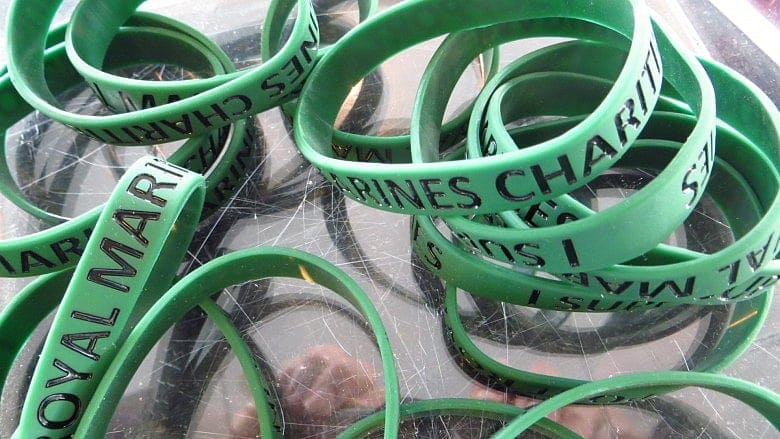Boston’s most charitable neighborhoods mix rich and poor

BOSTON – It's the season of giving, but to what extent Hub residents respond appears to vary widely from one neighborhood to another, with the wealthiest giving the most while donation ratios in some of the poorest quarters easily outstrip those of their more well-off neighbors.
And that's even when considering when donations are looked at as a ratio of income. Topping the list are residents in the neighborhoods around Harvard Square in Cambridge and the Prudential Center in Boston's Back Bay, which gave 5.47 and 5.30 percent, respectively, of their disposable incomes to charity in 2012, the most recent year for which such figures are available. Next are the Financial and Wharves districts, sections of Chestnut Hill that include bits of Boston and Newton as well as Brookline, and Beacon Hill – all contributing at rates between 4.46 and 5.24 percent. But some parts of Roxbury, with much lower median incomes, weren't far behind.

